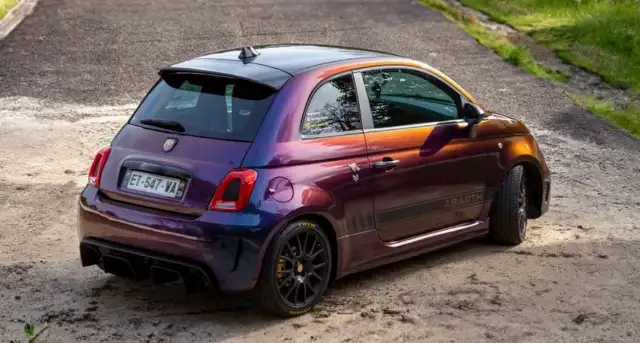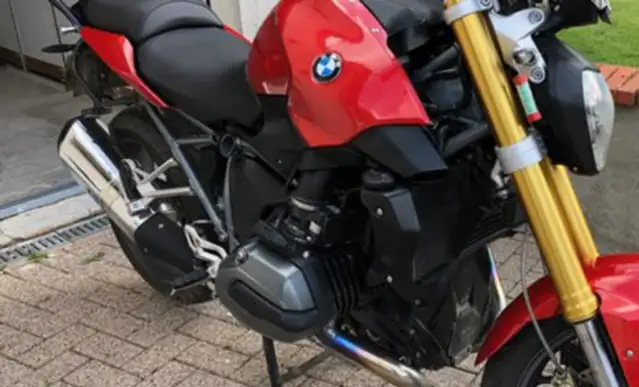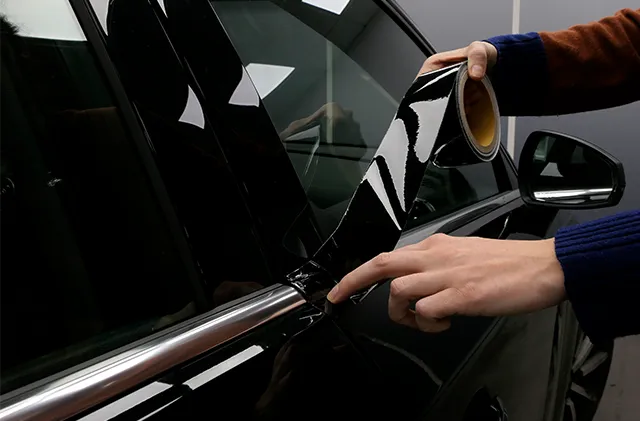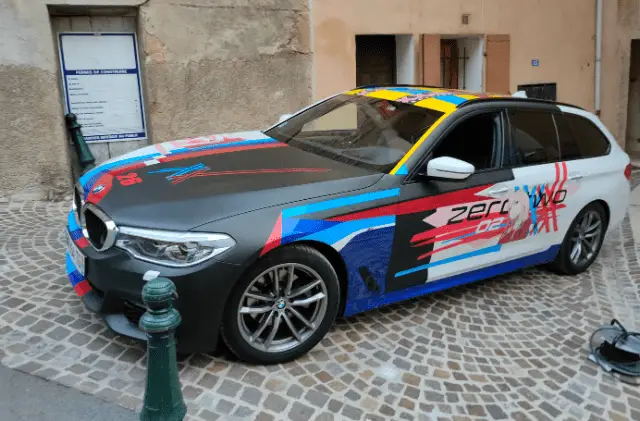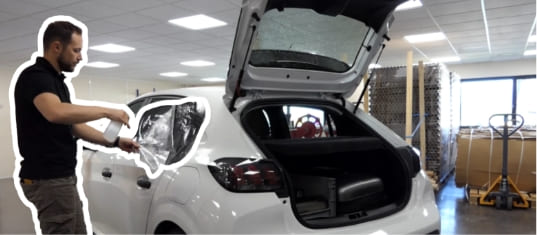
Le 22/10/2025
written by Laura P
Total vs. partial Wrapping : choosing between budget and use
Total or partial car Wrapping : choice according to budget & use
The wrapping automotive wrapping is winning over more and more motorists, whether they're passionate about aesthetics, keen to protect their bodywork or simply want to stand out from the crowd. Faced with so many possibilities, one question often comes up: should you opt for full or partial wrapping ? The choice depends above all on your budget, the use of your vehicle and the desired result.
In this article, Variance Auto takes you step by step through the differences, costs, advantages and disadvantages of each option.

What is automotive wrapping ?
Before comparing full and partial wrapping , it's essential to understand what wrapping itself is. This increasingly popular technique makes it possible to transform a car without the need for a final paint job. It's an aesthetic, reversible and protective solution, suitable for all types of vehicle and budgets.
Definition and principle
wrapping involves applying an adhesive vinyl film to the body of a vehicle. The film conforms to the shape and curves of the car, modifying its appearance - color, texture, finish - without painting or final transformation. Reversible, it can be removed without damaging the original paintwork.
General benefits
wrapping allows you to personalize your vehicle, protect the paintwork from scratches and UV rays, and even preserve its resale value. As well as looking good, it acts as a barrier against the little aggressions of everyday life (gravel, micro-scratches, pollution).

Total Wrapping vs. partial wrapping : definitions and characteristics
Now that we've got the basics down, let's look at the differences between total and partial wrapping . These two techniques offer very different results, both visually and financially. Depending on your needs, budget and desires, one or the other may be more suitable.
The wrapping total
Total wrapping covers the entire body : hood, wings, doors, bumpers, mirrors, roof, etc. It allows you to completely change the color of your vehicle, while protecting it at the same time.
- Typical uses: complete transformation, uniformization, total makeover, all-round protection.
- Installation time: 1 to 3 days, depending on complexity.
- Average budget: between €1,000 and €3,000 for a passenger car, depending on the type of film (standard or premium) and the model (city car, SUV, utility vehicle).
Partial wrapping
Partialwrapping , on the other hand, concentrates on certain areas: roof, hood, mirrors, central strip, or decorative elements. It enhances certain volumes while reducing costs.
- Typical uses: aesthetic personalization, professional marking, highlighting a logo or contrasting color.
- Exposure time: a few hours to a day.
- Average budget: between €200 and €800, depending on surface and finish.
Comparison table between partial and total wrapping
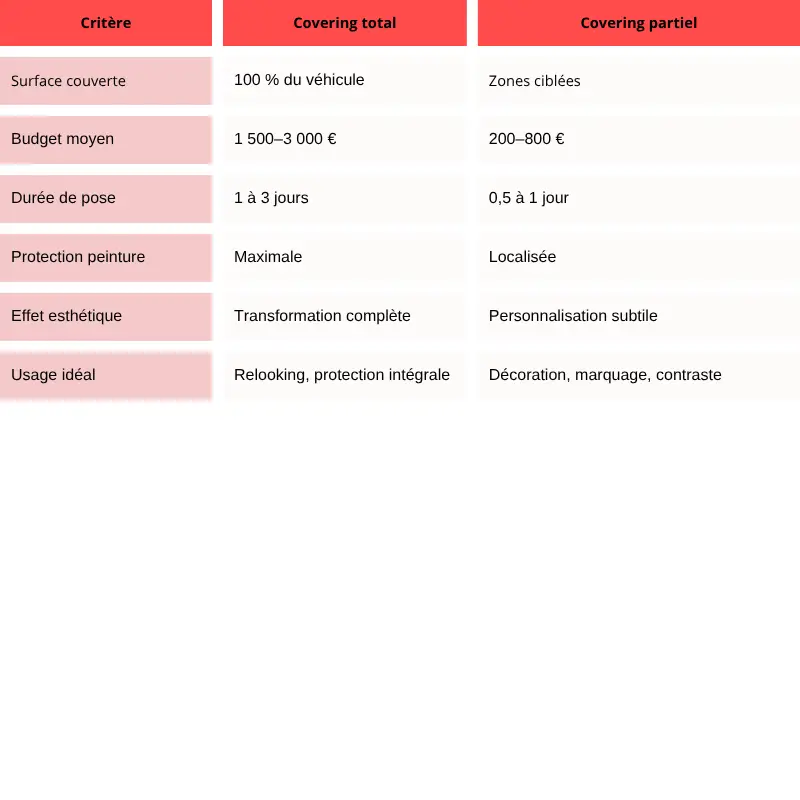
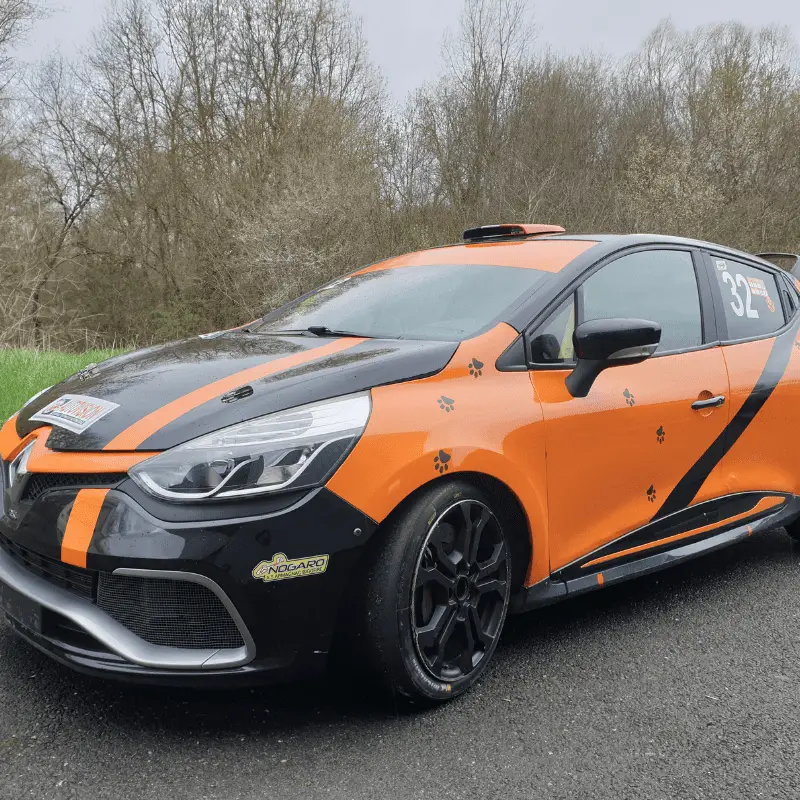
Choosing wisely for your budget
Budget is often the first criterion influencing the choice between full and partial wrapping . But beware: it's not just a question of price, you also need to think about durability, film quality and final look. A good compromise allows you to achieve a professional result without blowing your budget.
The cost of total wrapping
The price of a total wrapping depends on several factors:
- Vehicle size (city car, sedan, SUV, utility vehicle)
- Film quality (standard, premium, matte or carbon effect)
- Labour (professional installation vs. do-it-yourself)
A professional totalwrapping on a city car costs an average of €1,500 to €1,800, compared with €2,500 or more for an SUV. These prices are halved if you choose to do the wrapping yourself. Premium films, such as 3M 2080 or Avery Dennison Supreme Wrap, may increase the bill, but guarantee greater durability (up to 8 years).
The cost of partial wrapping
Partial wrapping is a more economical alternative.
- Hood alone: approx. €250-400
- Gloss black or carbon roof: €300-500
- Mirrors or sports stripes: from €100
It's an ideal solution for those who want to customize without redoing everything.
Optimize your budget without sacrificing quality
To save money, you can opt for standard film on certain areas and premium film on the most exposed parts.
Do-it-yourself installation is possible, but requires materials, patience and a perfectly clean surface. At Variance Autowe offer cut-to-size wrapping kits, adapted to the dimensions of each vehicle, for a professional finish even at home.
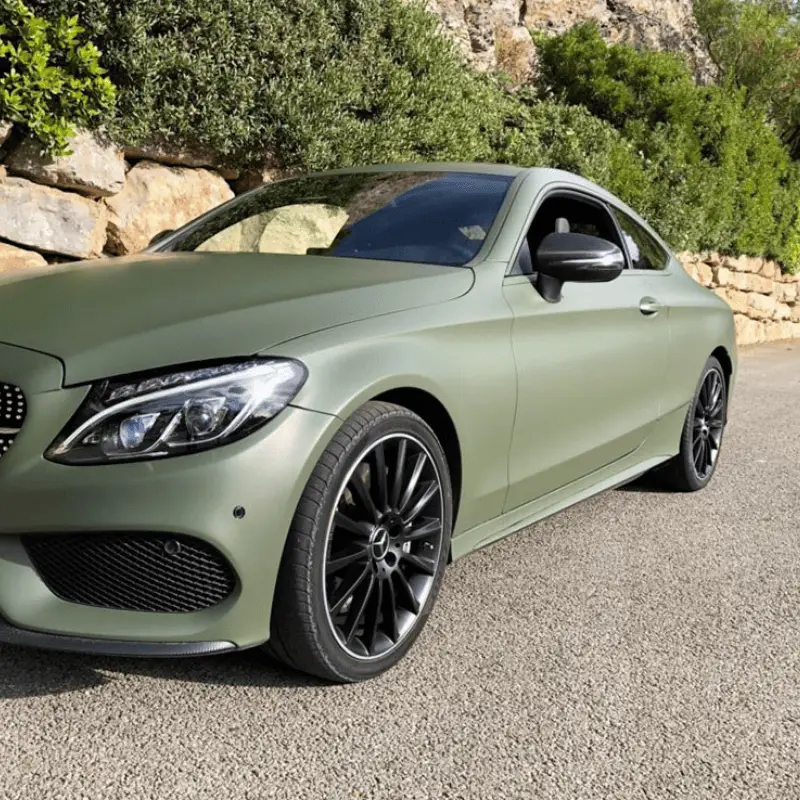
The right choice for your application
The right choice doesn't just depend on price: it also depends on how you use your car. Is it a leisure vehicle, a work vehicle, or a top-of-the-range model that you want to preserve? Every motorist profile has its own priorities, and therefore its own ideal wrapping solution.
Aesthetic or personal use
Professional use or company fleet
Professional vehicles often opt for partial wrapping with branding (logo, company color, contact details). It's economical and easy to replace if the visual changes.
Usage protection and longevity
For new or top-of-the-range cars, total wrapping acts like a second skin: it protects the paintwork from damage and preserves its resale value. For even more advanced protection, a transparent PPF (Paint Protection Film) can complement or replace decorative wrapping .
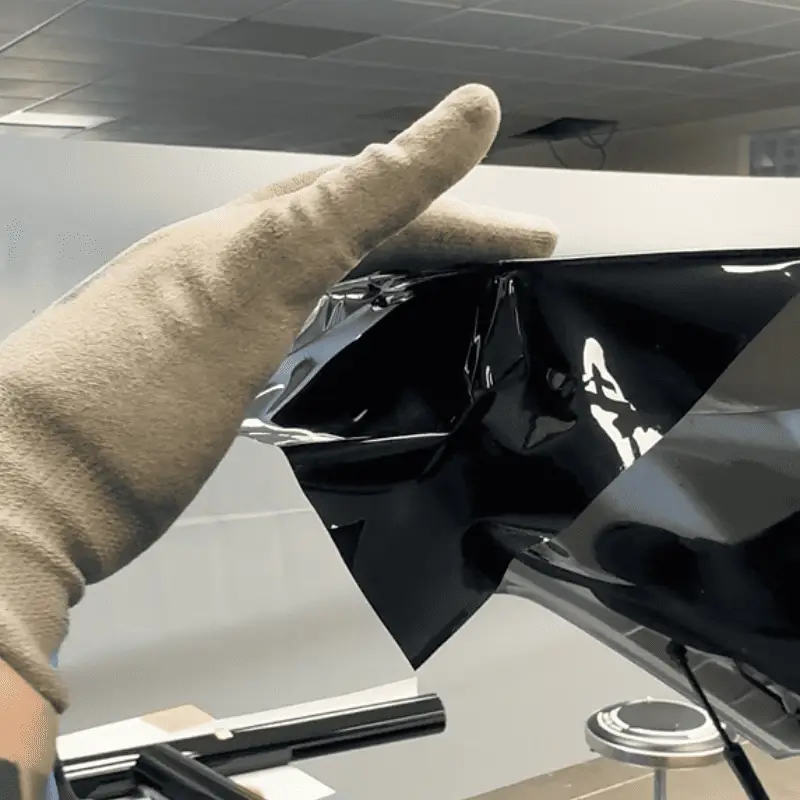
Advantages and disadvantages
Before deciding between total and partial wrapping , it's important to weigh up the pros and cons of each option. Each solution has its own benefits, and there are a few limitations you need to be aware of to avoid unpleasant surprises.
Total Wrapping
Benefits
- Complete vehicle conversion
- Total body protection
- Uniformity and professional rendering
- Reversibility without damage
Disadvantages
- Higher costs
- Longer exposure times
- Disassembly of components sometimes necessary
Partial Wrapping
Benefits
- Reduced cost
- Quick installation
- Targeted personalization
- Easy to renew
Disadvantages
- Protection limited to covered areas
- Less visual uniformity
- Risk of poorly controlled contrast if colors are mismatched
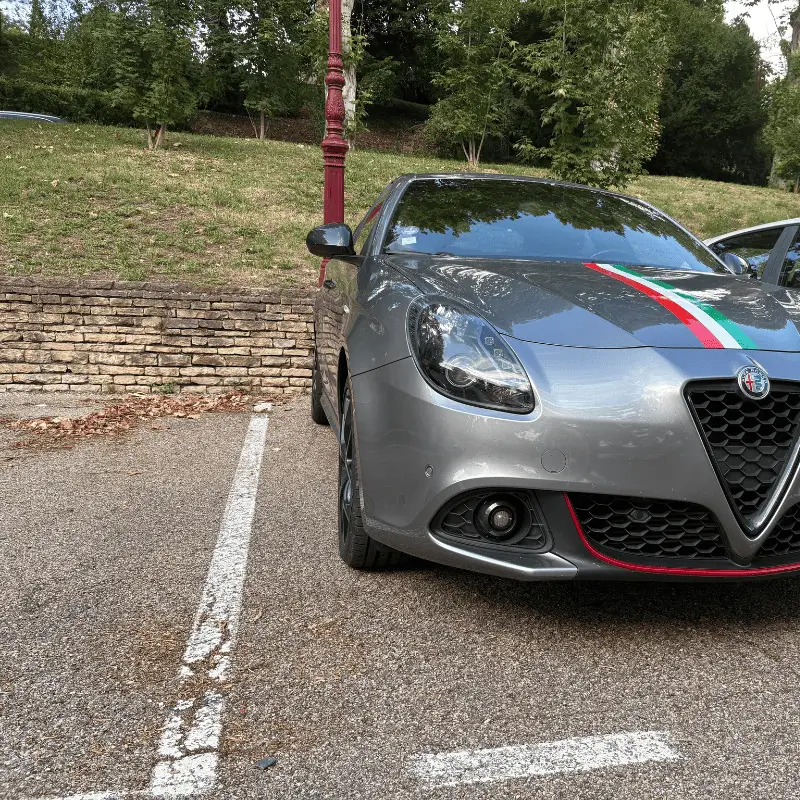
Mistakes to avoid and professional advice
wrapping is as much an art as a technique. Some common mistakes can compromise the final result or shorten the life of the film. Following a few simple rules will help you achieve a lasting, professional result.
Poor surface preparation
Poorly cleaned bodywork compromises film adhesion. Before application, remove all traces of wax, grease or dust.
Unsuitable film choice
A calendered film is suitable for flat surfaces, but a cast vinyl film is essential for curved shapes. Variance Auto always recommends that you choose a film adapted to the geometry of your vehicle.
Laying for amateurs with no experience
wrapping requires precision and consistency. A mistake can lead to bubbles, wrinkles or premature peeling. If you're not sure, ask an authorized fitter or follow the detailed tutorials offered by Variance Auto.
Neglected maintenance
Avoid automatic rollers, preferring manual washing with microfibres. Use gentle, non-abrasive products to prolong film life.
Forget the regulations
Changing the main color of your vehicle sometimes requires an update to your vehicle registration document. Always check legislation and insurance conditions before fitting.
Full wrapping is the ideal solution for those who want to completely transform and protect their vehicle, while partial wrapping is suitable for tighter budgets or targeted aesthetic projects. Whatever your choice, the most important thing is to select a quality film.
Variance Auto supports your project with top-of-the-range wrapping films, ready-to-install kits and professional solutions for every application.
Get your personalized quote now on variance-auto.com.
FAQ
1. How long does an automotive wrapping last?
Between 5 and 8 years, depending on film quality, exposure conditions and care.
2. Can you apply a wrapping yourself?
Yes, with patience and care. Variance Auto offers you custom-cut kits for easy installation.
3. Does wrapping damage the original paintwork?
No, if properly installed. On the contrary, it protects it from UV rays, stone chips and micro-scratches.
4. What's the difference between cast and calendered wrapping film?
Cast wrapping film is more flexible and conforms better to complex shapes. Calendered film is more economical, suitable for flat surfaces.
5. Do I have to declare wrapping to the insurance company?
Yes, if the main color of the vehicle changes. Some companies require an update to ensure contract compliance.
